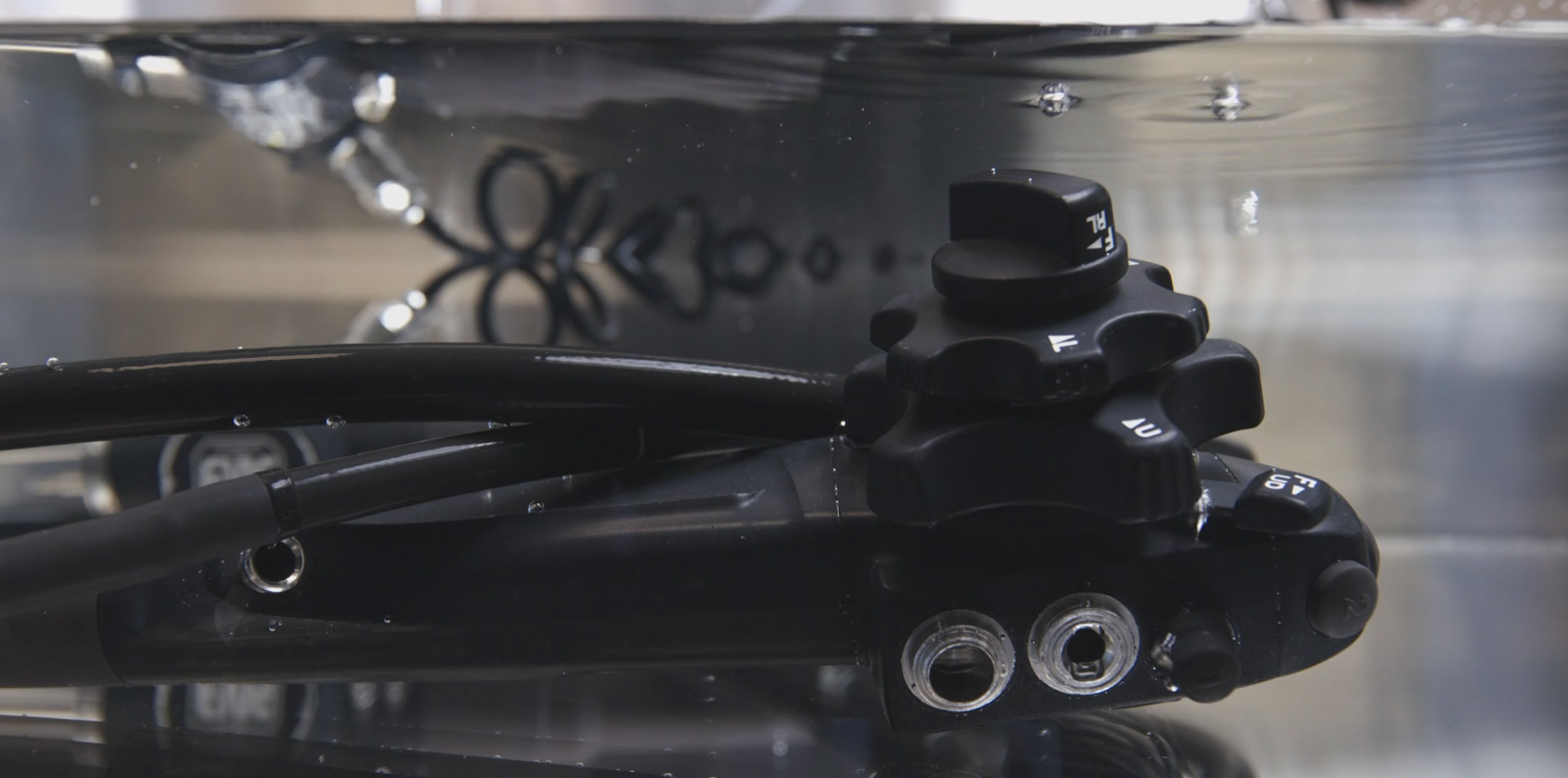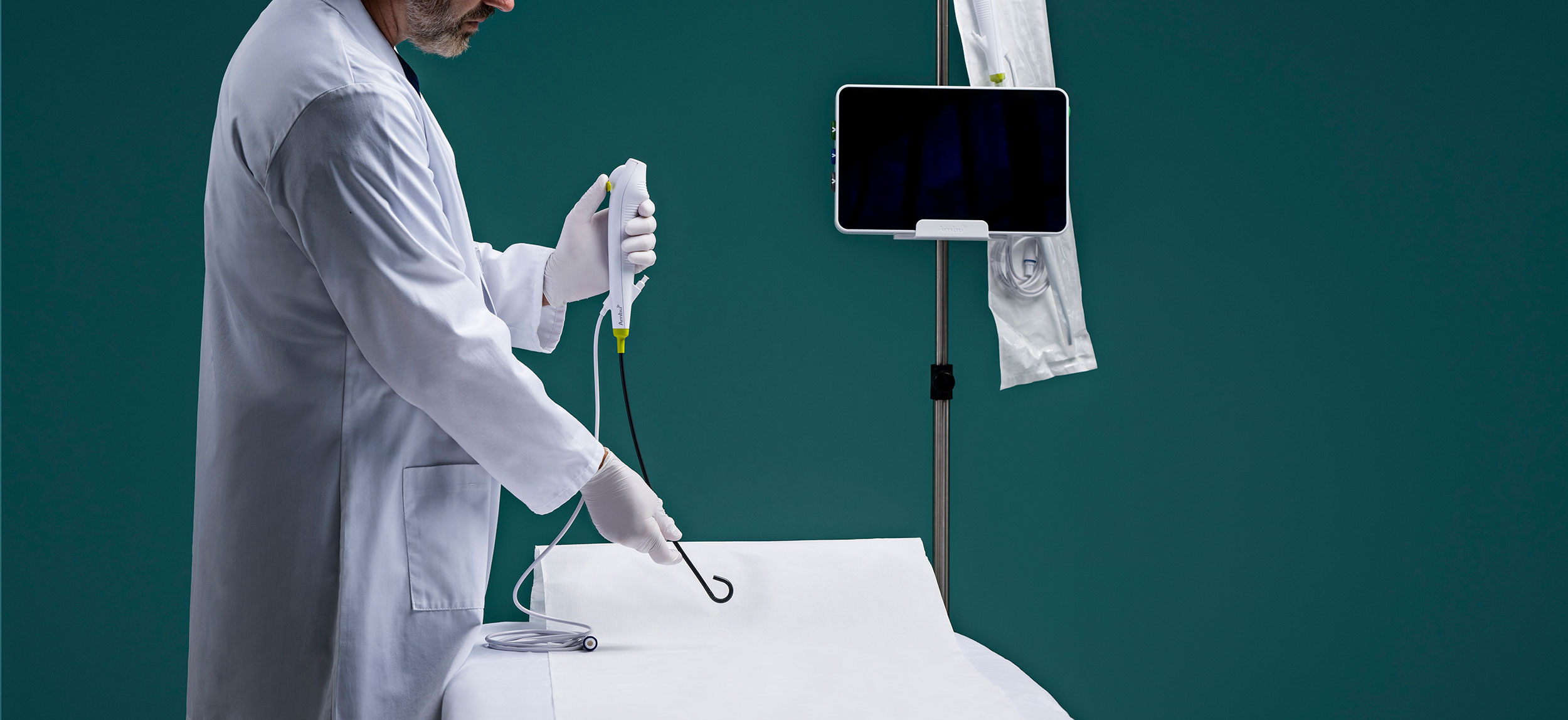
Among the costliest failures made in reprocessing flexible endoscopes are deficiencies and inconsistencies in leak testing practices.
That’s what prompted Michael Matthews to pinpoint the five most common mistakes made in the process. Matthews, the director of customer training and education for Agiliti, recently highlighted the errors in an expert column for Beyond Clean.
They include:
The ANSI/AAMI ST91 standard recommends that scopes are observed under water for at least 60 seconds, Matthews writes. Attaching the leak test connector under water opens internal pathways in the endoscope to the sink water, he adds, causing it to flood and leading to extensive damage.
Matthews calls leak testing the most scrutinized aspect of reprocessing and says the failure to do it correctly “presents a massive risk to patient safety through cross-contamination.” That’s why it is a specific area of focus to regulatory and accrediting bodies. Leak test failures can lead to “fluid invasion,” which Matthews calls the most expensive type of damage flexible endoscopes may sustain.
Matthews — who last month wrote an expert column on the transportation of contaminated scopes, which he called the most overlooked step in reprocessing — suggests readers watch this video on leak testing.
Single-use endoscopes are used once and discarded, eliminating the need for leak testing and reprocessing entirely.


